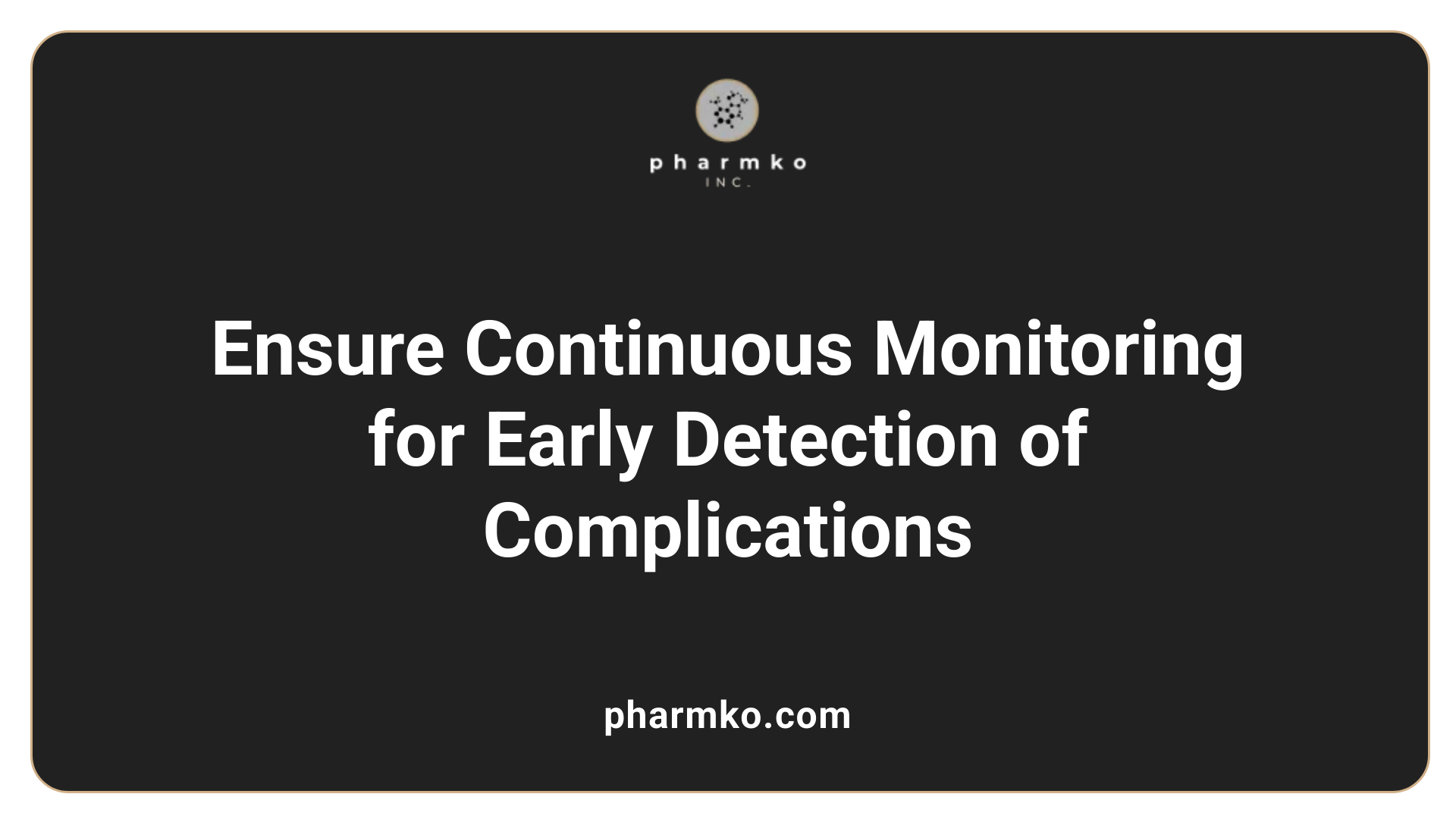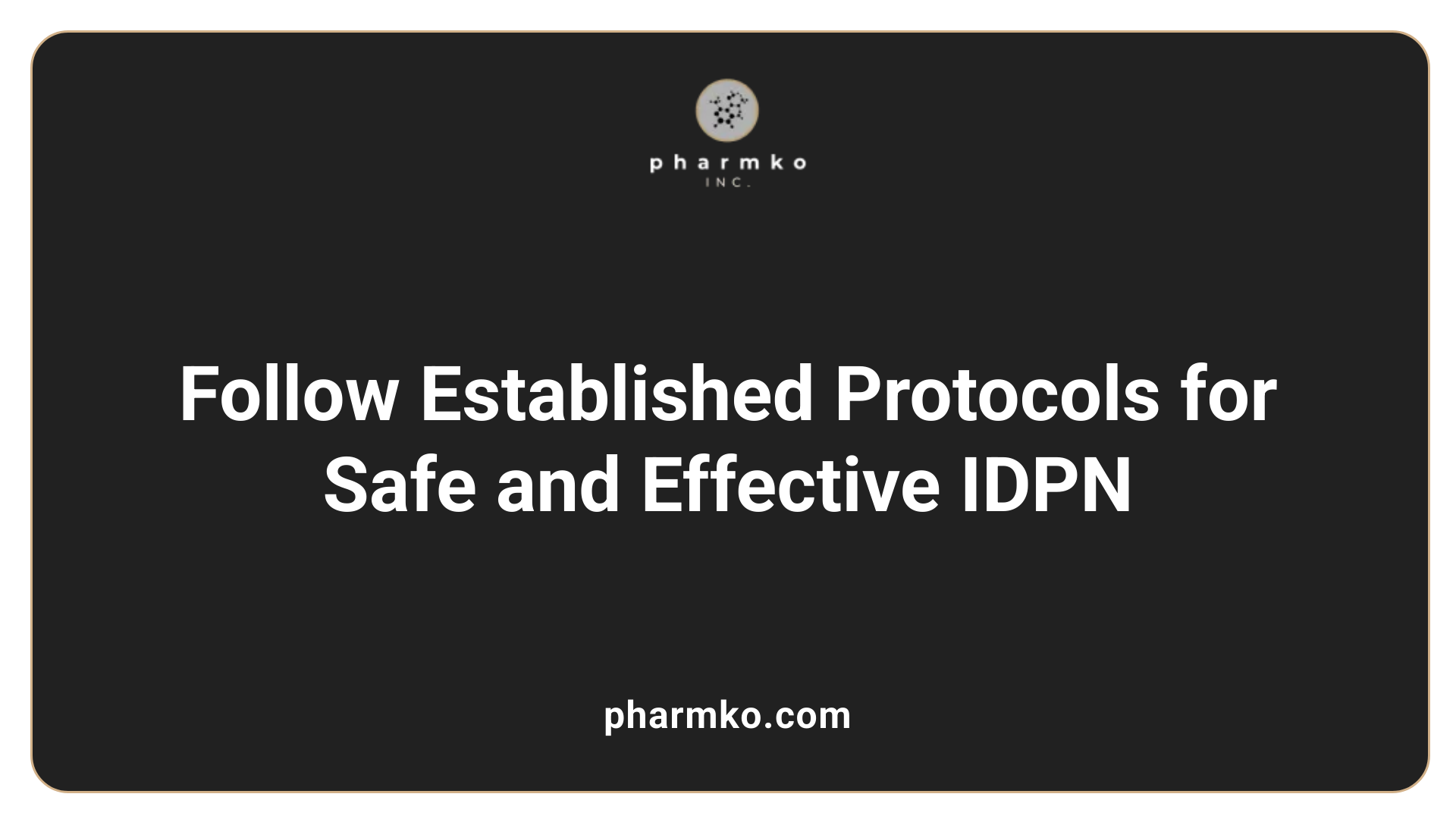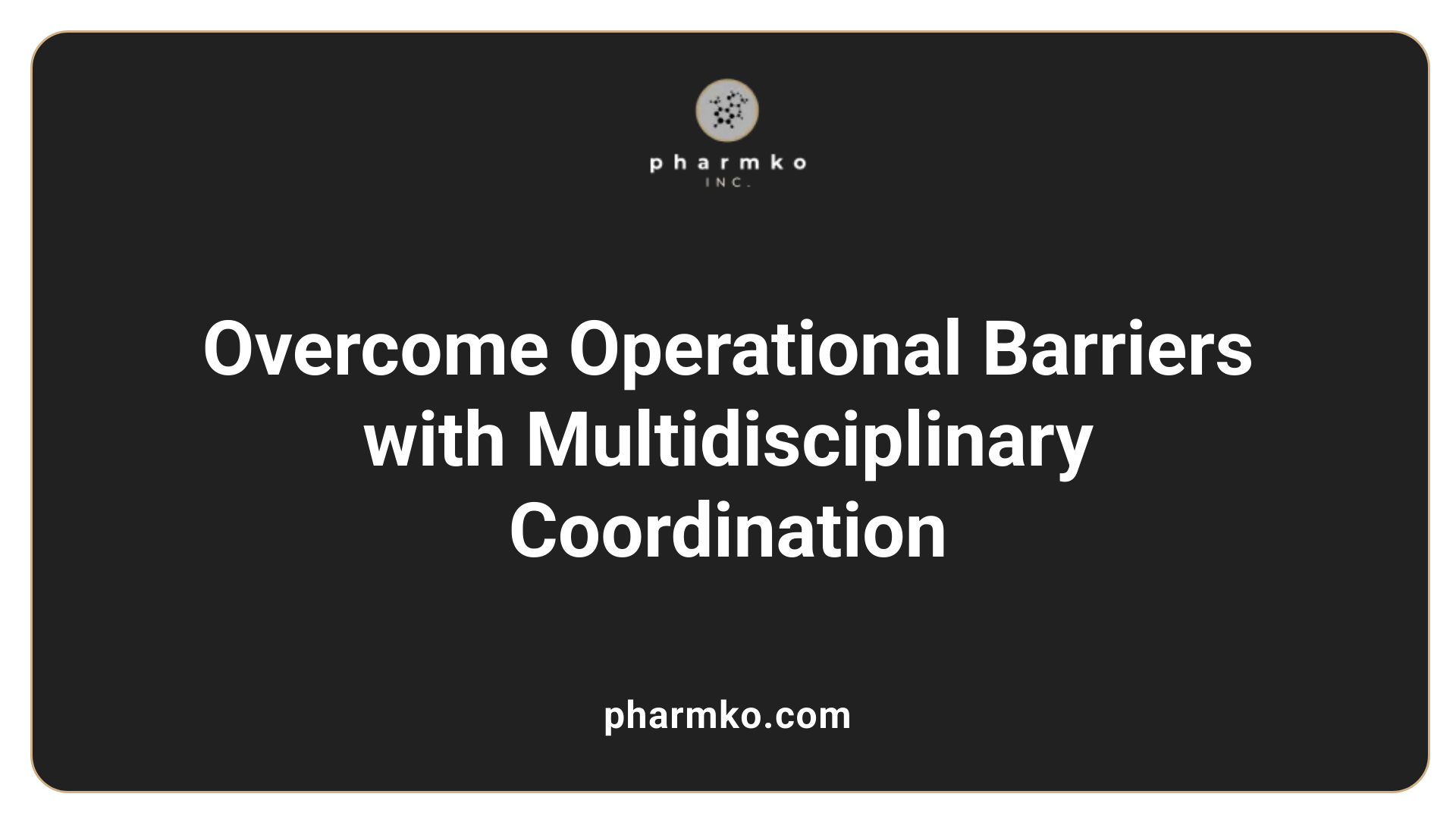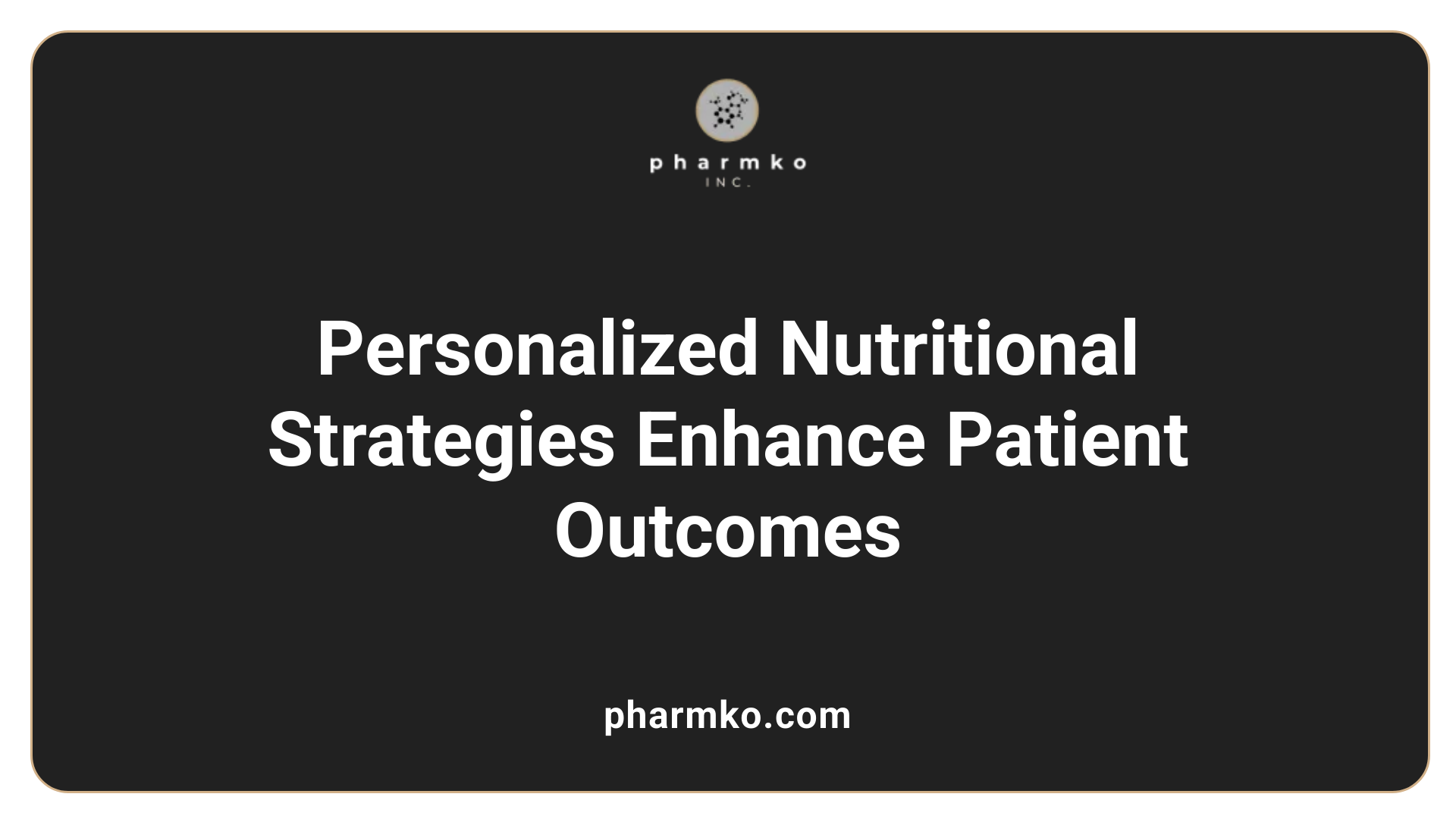Common Challenges in IDPN Therapy and How to Address Them
Addressing the Complexities of IDPN in Hemodialysis Patients
Intradialytic parenteral nutrition (IDPN) offers a targeted approach to combat malnutrition among hemodialysis patients, a population particularly vulnerable to nutritional deficiencies. Despite its potential benefits, implementing IDPN presents a spectrum of challenges, including patient selection, metabolic complications, operational logistics, and evolving clinical evidence. This article explores the common hurdles encountered in IDPN therapy and delineates effective strategies to optimize outcomes, ensuring that this nutritional modality fulfills its intended purpose of improving patient survival and quality of life.
Clinical Strategies to Mitigate Complications in IDPN Therapy
What strategies can be employed to address complications and challenges in IDPN therapy?
Managing complications in Intradialytic Parenteral Nutrition (IDPN) requires a multifaceted approach. Central to this is strict aseptic technique during preparation and administration. Since IDPN involves intravenous infusion, adhering to sterilization protocols helps prevent infections, including catheter-related bloodstream infections.
Monitoring plays a crucial role in early detection of metabolic disturbances. Regular checks of electrolytes, blood glucose, triglycerides, and liver function tests allow clinicians to identify and treat issues such as hyperglycemia, electrolyte imbalances, or lipid intolerance promptly.
Careful patient selection is essential. Excluding individuals with uncontrolled diabetes, significant fluid overload, or other contraindications ensures therapy is safe. Additionally, ongoing assessment of nutritional status through biochemical markers like serum albumin, prealbumin, and anthropometric measurements helps determine real-world effectiveness and adjust therapy accordingly.
Staff competence is another pillar of safe IDPN delivery. Proper training in preparation, connection, and monitoring guarantees that nurses and dialysis staff are prepared to handle the therapy effectively and recognize early warning signs of adverse reactions.
Customization of solutions is vital to meet individual patient needs. This includes adjusting amino acid content to overcome anabolic resistance and tailoring lipid and carbohydrate amounts to avoid hyperglycemia or lipid disturbances.
By combining these strategies—strict infection control, vigilant metabolic monitoring, appropriate patient selection, staff training, and personalized nutrition plans—healthcare providers can reduce the risk of complications, enhancing patient safety and the benefits of IDPN therapy.
Monitoring and Troubleshooting During IDPN Administration

How can clinicians effectively monitor and troubleshoot problems during IDPN administration?
Effective monitoring during Intradialytic Parenteral Nutrition (IDPN) therapy is essential to ensure patient safety and maximize nutritional benefits. Clinicians should regularly measure vital signs, including blood pressure, heart rate, and respiratory rate, throughout the dialysis session. Close observation of the patient for symptoms like nausea, dizziness, muscle pain, or signs of allergic reactions helps detect intolerance early.
Monitoring biochemical parameters provides critical information on therapy effectiveness and safety. Routine blood tests should include electrolytes, blood glucose levels (especially in diabetic patients), triglycerides, liver function tests, and serum nutritional markers such as albumin and prealbumin. These assessments help identify imbalances or adverse effects before they become severe.
Adjusting the infusion based on patient tolerance is vital. If a patient exhibits signs of intolerance—such as hypotension, nausea, or arrhythmias—the clinician can decrease the infusion rate or temporarily pause therapy. Ensuring the infusion pump operates correctly and is properly connected to the venous port in the dialysis circuit is equally important. Regular checks should verify that the pump is functioning smoothly and that the IDPN solution is compatible with other concurrent therapies.
Troubleshooting also involves reviewing the composition and infusion rate of the IDPN solution. For instance, hyperglycemia may necessitate adjusting the carbohydrate dose, while adverse symptoms might require switching to a different formulation or reducing the total volume infused.
In terms of operational protocols, trained dialysis staff should oversee the setup to prevent mechanical issues. Confirming correct connection of the infusion line, assessing for leaks, and ensuring the infusion rate adheres to recommended guidelines (typically 125-250 mL/hour, adjusted per patient response) are critical steps.
Finally, ongoing assessment of the patient's overall response allows healthcare providers to decide when to modify or discontinue IDPN. If nutritional targets are met and no adverse events are noted, therapy may continue for at least three months, with periodic reevaluation through biochemical and clinical measures.
Clinical Guidelines and Considerations for Effective IDPN Practice

What are the clinical guidelines and considerations for overcoming issues in IDPN therapy?
Implementing Intradialytic Parenteral Nutrition (IDPN) effectively requires adherence to well-established clinical guidelines and careful management of potential challenges. Central to these guidelines is the process of patient selection. Suitable candidates are typically those who are malnourished or at significant risk of malnutrition, yet can still tolerate oral intake of more than 20 kcal/kg and 0.8 g protein/kg/day. Patients who do not respond adequately to dietary counseling or oral supplements are prime candidates for IDPN.
Formulating the IDPN solution involves customization based on individual nutritional requirements. Most solutions contain dextrose, amino acids, and lipids, often supplemented with electrolytes, trace elements, and vitamins. To prevent volume overload and other adverse effects, formulations are usually concentrated and administered via a volumetric infusion pump during dialysis sessions, with infusion rates generally starting at around 125 mL/hour and adjusted as needed.
Monitoring is an essential component to ensure safety and effectiveness. Regular assessments include blood glucose levels—particularly in diabetic patients—blood pressure, signs of infusion intolerance such as nausea or hypotension, and laboratory tests for electrolytes, triglycerides, liver function, and nutritional markers like serum albumin and prealbumin. Physical assessments like body weight and functional measures such as handgrip strength also inform therapeutic response.
Infection control measures play a vital role in minimizing procedural complications. Strict sterile techniques, proper vascular access handling, and adherence to aseptic protocols help reduce infection risks associated with intravenous infusions.
When evaluating the therapy’s success, clinicians should look for improvements in nutritional markers, stabilization or increase in body weight, and overall functional status. Therapy should be discontinued when nutritional goals are achieved, or if adverse events, such as severe intolerance or complications, occur, ensuring ongoing evaluation aligns with individual patient outcomes.
In summary, overcoming issues in IDPN therapy hinges on meticulous patient selection, individualized formulation, rigorous monitoring, and strict adherence to infection control protocols. These measures collectively help optimize the nutritional status of dialysis patients and reduce potential complications, ultimately improving their quality of life.
Addressing Common Operational and Practical Challenges in IDPN Delivery
 Providing Intradialytic Parenteral Nutrition (IDPN) involves numerous practical and operational hurdles that can impact its effectiveness and availability. One of the primary issues is the lack of standardized criteria for patient selection. This often results in inconsistent practices across different centers, leading to potential overuse in some cases or insufficient utilization in others where patients could benefit.
Providing Intradialytic Parenteral Nutrition (IDPN) involves numerous practical and operational hurdles that can impact its effectiveness and availability. One of the primary issues is the lack of standardized criteria for patient selection. This often results in inconsistent practices across different centers, leading to potential overuse in some cases or insufficient utilization in others where patients could benefit.
Staff training and competency also pose significant challenges. Properly administering IDPN requires specialized training for dialysis staff, pharmacists, and dietitians to ensure correct formulation, infusion techniques, and monitoring. Without adequate education, there's an increased risk of errors, adverse effects, or suboptimal nutrient delivery.
Operational barriers such as logistical constraints and resource limitations further complicate implementation. Setting up and maintaining a supply chain for compounded or ready-to-use solutions demands infrastructure and coordination. Additionally, infusion pumps and monitoring tools must be used correctly to prevent complications like hyperglycemia or fluid overload.
Cost is another critical obstacle. IDPN can be expensive, with estimates around $15,000 for a six-month course. Reimbursement policies differ widely, and in some regions, there is limited support, making it less accessible for many patients. Regulatory considerations also govern how and when IDPN can be administered, with varying guidelines influencing practice.
Effective coordination among multidisciplinary teams—including nephrologists, dietitians, nurses, and pharmacists—is essential for optimizing outcomes. Regular monitoring of patients through laboratory tests and clinical assessments is necessary, yet resource constraints may limit this vital aspect.
In summary, overcoming these challenges requires targeted strategies to improve staff training, streamline logistics, clarify clinical protocols, and advocate for supportive reimbursement and regulatory environments. Addressing these issues is crucial to maximize IDPN's potential benefits for malnourished dialysis patients, ensuring safe and effective care.
Improving Nutritional Management Obstacles and Patient Outcomes

How can nutritional management obstacles in dialysis patients receiving IDPN be addressed?
Managing nutrition in dialysis patients, particularly those receiving intradialytic parenteral nutrition (IDPN), involves overcoming various challenges to ensure optimal outcomes. One of the first steps is conducting a detailed, individualized nutritional assessment. This assessment includes monitoring parameters such as weight, serum prealbumin, muscle mass, and biochemical markers. These help identify patients who are most likely to benefit from IDPN and guide tailored interventions.
Formulating IDPN solutions correctly is essential. Solutions should be customized to meet each patient's specific needs, taking into account concurrent inflammation, comorbidities, and possible contraindications like severe hyperlipidemia. Typically, these solutions contain proteins, carbohydrates, and lipids, with attention to limiting volume overload by concentrating formulas and carefully adjusting infusion rates.
Ongoing clinical, biochemical, and anthropometric data integration enhances therapy effectiveness. Regular monitoring of blood lipids, liver function, blood glucose (especially in diabetics), and nutritional markers such as albumin and prealbumin provides critical feedback. Adjustments to therapy are made based on these results to prevent complications such as hyperlipidemia, fatty liver, or hyperglycemia.
Barriers such as taste issues, gastrointestinal discomfort, and patient non-compliance can impede treatment success. Employing a multidisciplinary approach, including dietitians, nurses, nephrologists, and pharmacists, is vital. These professionals can collaboratively address taste modifications, gastrointestinal symptoms, and provide education to improve adherence.
There are also considerations for managing contraindications and making necessary therapy adjustments. For example, in patients with contraindications like severe hyperlipidemia, alternative strategies or modifications in the composition are implemented. Continuous reassessment ensures that therapy remains aligned with the patient’s evolving clinical status.
Overall, integrating personalized nutrition planning, continuous monitoring, and multidisciplinary care strategies can significantly improve the management of nutritional obstacles, leading to better health outcomes for dialysis patients undergoing IDPN therapy.
Enhancing Patient Care Through Informed Practice
Intradialytic parenteral nutrition (IDPN) holds promise in addressing malnutrition among dialysis patients, yet its implementation is fraught with challenges spanning clinical, operational, and evidentiary domains. Overcoming these hurdles requires a multifaceted approach: meticulous patient selection, vigilant monitoring for metabolic and infectious complications, ongoing staff training, and strategic resource allocation. Regulatory frameworks and cost considerations must be addressed to facilitate wider adoption, while integrating multidisciplinary support can optimize individualized care. As evidence continues to evolve, adherence to established guidelines and personalized therapy remain paramount. Through these concerted efforts, clinicians can maximize IDPN’s potential to improve nutritional status, reduce hospitalizations, and ultimately enhance long-term patient outcomes. Ensuring that IDPN becomes a safe, effective, and practical component of renal care hinges on continuous education, research, and system optimization.
References
- Intradialytic parenteral nutrition for patients on hemodialysis
- Evidence Brief: Use of Intradialytic Parenteral Nutrition (IDPN ... - NCBI
- A roadmap for implementing a successful clinical experience with ...
- Intradialytic parenteral nutrition for patients on hemodialysis
- Intradialytic Parenteral Nutrition: Evolution and Current Concepts
- A Lifeline for Dialysis Patients - Patient Care America
- Advantages and disadvantages of IDPN therapy. - ResearchGate













